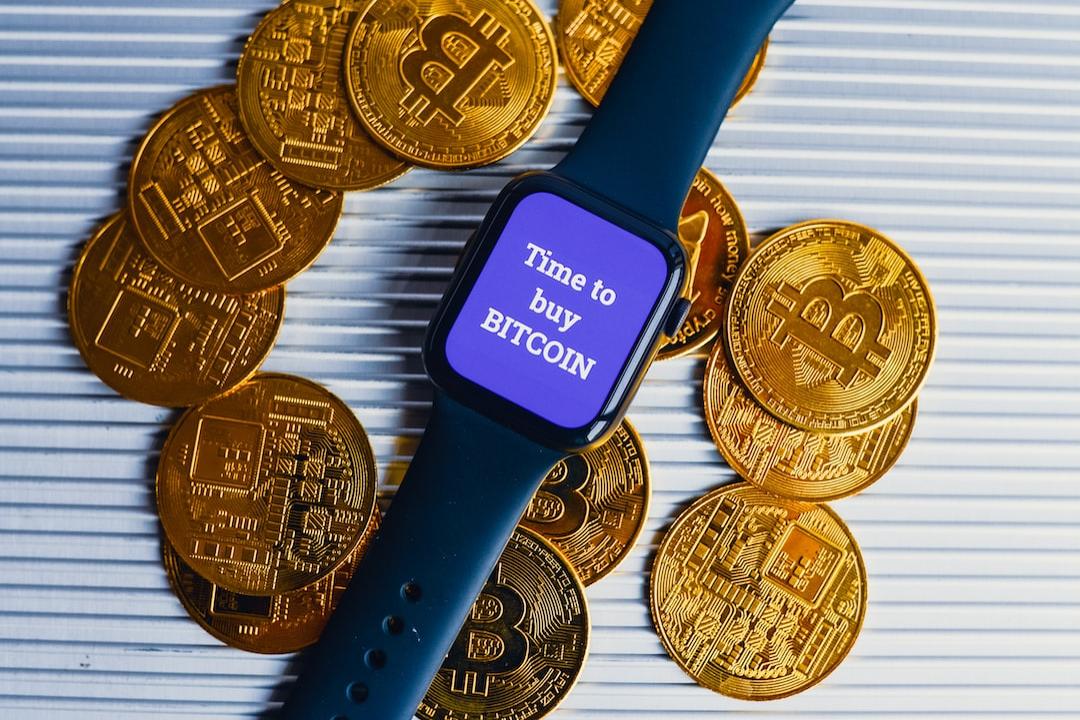More than 99% of meme coins will soon go to zero. So how can we use data to improve our investment success rate? This article introduces how to use Farcaster social data and financial scores to identify the current market stages of meme coins and provides corresponding trading strategies for each stage.
Table of Contents:
The 5 Stages of Meme Coins
1. Bot Arena
2. Volatile Growth
3. Well Established
4. Sleeping Giant
5. Extreme Risk
Trading Framework for Each Stage
Definition of Social Score and Financial Score
Social Score
Financial Score
With more than 99% of meme coins going to zero, how can we use data to improve our investment success rate? Following the previous article on using Farcaster social data to find crypto hotspots, this article further extends the analysis to calculate the social score of meme coins and combines it with the financial score to comprehensively evaluate the five stages of meme coins. The analysis method and data dashboard in this article are based on the on-chain data analyst Ilemi.
Bot Arena
At the initial launch, many meme coins compete in this arena with low social scores (the degree of community discussion on Farcaster) and financial scores (measured by trading volume and liquidity). Most meme coins in this stage never stand out.
Volatile Growth
Meme coins that successfully stand out start to gain attention and promotion from Key Opinion Leaders (KOLs), resulting in an increase in social score and significant price volatility in financial score (daily price fluctuations of 100-500%). This stage is usually driven by bots until early adopters join.
Well Established
Both community activity and financial health perform well, with lower weekly data fluctuations and balanced attention. Currently, only $DEGEN is in this stage on the data dashboard designed by Ilemi, while the closest to this stage is $TN100x.
Sleeping Giant
Community discussion decreases significantly, while financial volatility remains low. In this stage, the community of the meme coin has formed and other products or features are released in the hope of attracting attention again.
Extreme Risk
Meme coins with low social and financial scores eventually reach the stage of going to zero (the fate of most meme coins). This can transition from the “Volatile Growth” or “Sleeping Giant” stages as retail investors lose interest and traders turn to other tokens with upward potential. For meme coins in this stage, if liquidity and trading volume are low but the social score is high, it may indicate extremely high risk and susceptibility to Rug Pull.
In response to this, Apurv Kaushal, co-founder of the Intract platform, suggests using coin age, social score, and financial score to identify the stage of meme coins and provide corresponding trading strategies for each stage.
1) Launch Stage
In this stage, meme coins have just been released, and we need to find clues for alpha:
– Has the token been discussed in the inner circle?
– Are OG traders buying?
– Find out who deployed the token, which can be further referenced in the tweet.
2) Volatile Growth
In this stage, market noise is the loudest, and it is necessary to filter out good coins using financial scores and social scores. The rest is about timing:
– Prioritize sorting by weekly growth rate (WoW growth), which means higher return opportunities (but also higher risks).
– Join Telegram groups to check the atmosphere and ensure there are no bots.
– Monitor the buying behavior of OGs.
– Use sniper tools.
– Finally, pray that you are right.
3) Well Established
In this stage, the upside potential is limited, so it may be considered to allocate only a small portion of the investment portfolio to these coins. The focus is on the community:
– Community strength: a strong and trusted community.
– Building new products, such as Doge Chain and Degen L3.
4) Sleeping Giant
For newly added coins, it is recommended to wait and observe. Occasional small investments can be made based on macro market or exciting community announcements (such as listing on a centralized exchange or new product announcements).
Social Score
The fields used to measure the social score include:
– Casters: the number of users mentioning a specific token tag (e.g., $DEGEN).
– % Recipients: the proportion of these users who have received (i.e., bought or received from other addresses) the token.
– Casts: the number of tweets containing the specific token tag.
– Channels: the number of channels containing the specific token tag.
– Activity Level: the engagement level (likes + replies) multiplied by the cube root of the number of tweets users and channels. The formula is shown in the image.
Financial Score is calculated as the Activity Level multiplied by the weekly change rate of tweet users and the weekly change rate of recipient users. This measures the positive signal if a token shows significant growth in tweet users and recipient users.
Financial Score
The fields used to measure the financial score include:
– Fully Diluted Value (FDV): total supply multiplied by price.
– Price: the latest price based on decentralized exchange (DEX) trades.
– % DoD, WoW, MoM Price Change: the percentage change in price on a daily, weekly, and monthly basis.
– Liquidity: liquidity of non-token assets, such as in the DEGEN-WETH pool, only calculating the WETH part. This provides a stable indicator of good liquidity for the token.
– Trades: the number of DEX trades in the past 30 days.
– Transfers: the number of ERC20 transfers in the past 30 days.
– DEX Volume: the USD volume of DEX trades in the past 7 days.
The formula for the financial score is liquidity + DEX volume + (weekly liquidity change).
By comprehensively using the social score and financial score, investors can more effectively evaluate the current market position and potential risks of meme coins, enabling them to make wiser decisions in their investments.

